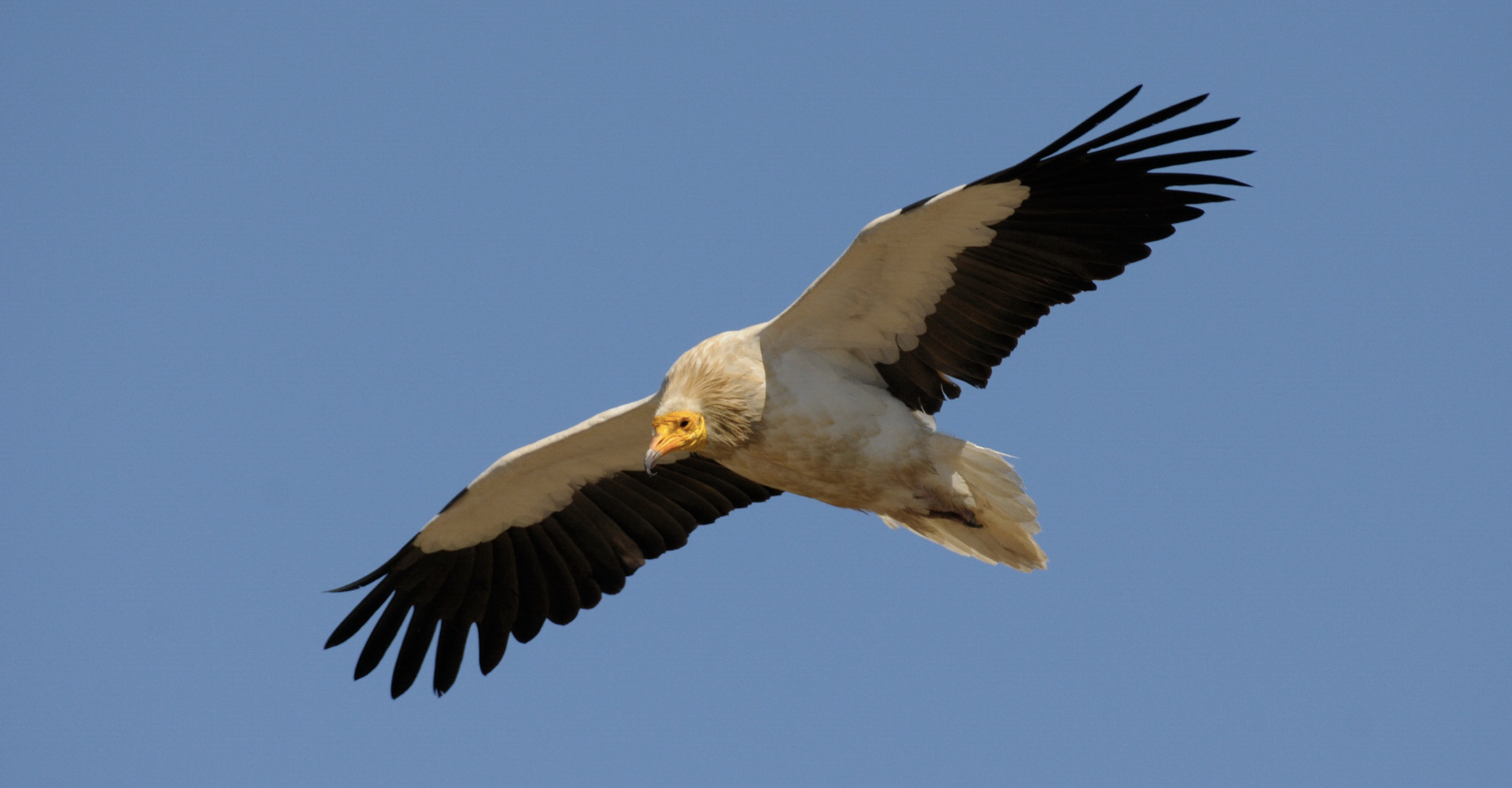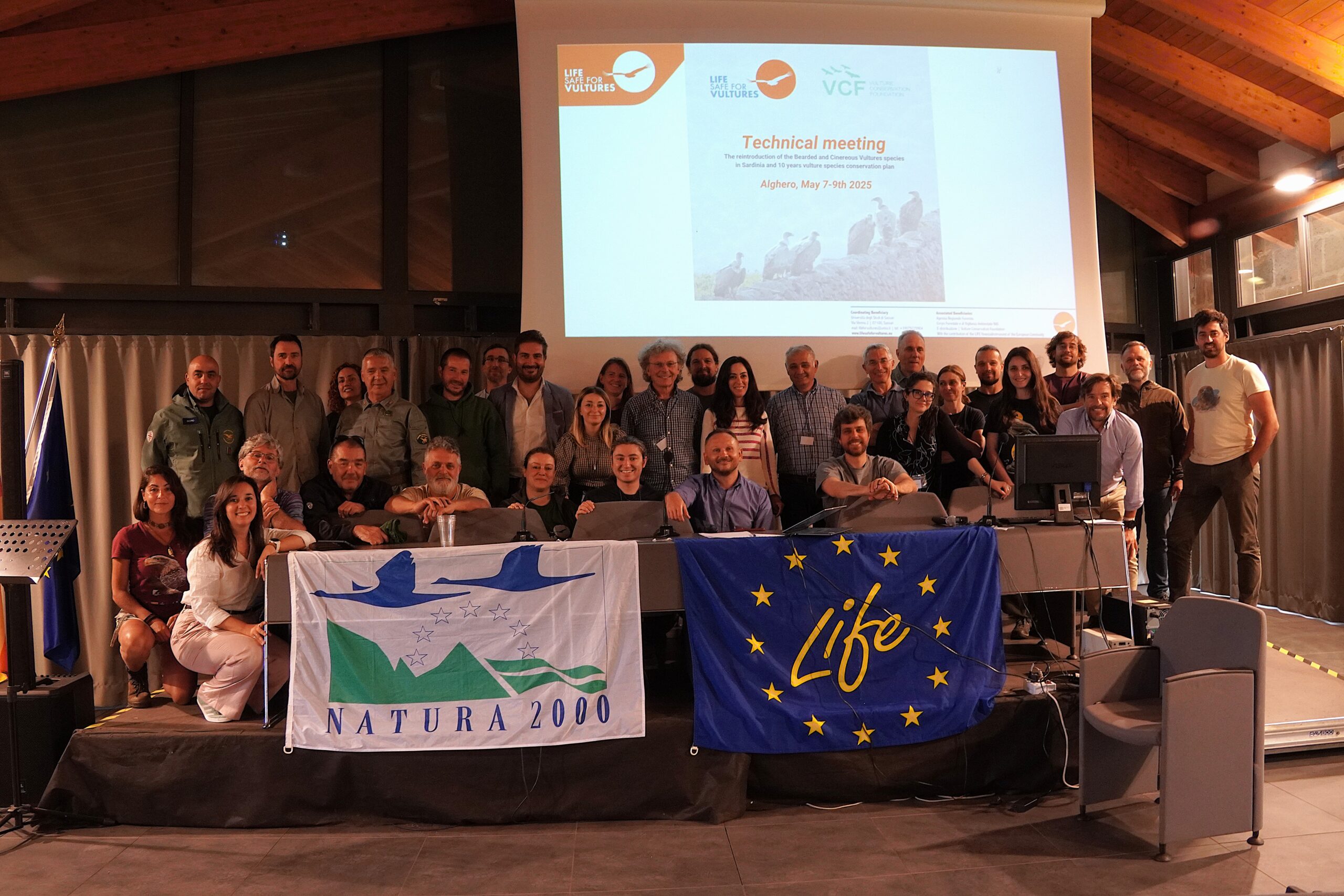Over the last three years, thanks to the GPS transmitters that were fitted to them, we have followed the progress of Egyptian vultures Sara and Tobia closely. We watched their release in Italy back in 2015 at Pugulia and the Bailicata region, we reported the drama that surrounded Tobia’s visit to Malta and his protection from hunters by police on the island and we also witnessed the unfortunate loss of the other fledglings as they drown in the Mediterranean during the crossing to Africa.

We last caught up with Tobia and Sara back in June 2017 and reported that both birds were residing in Niger and on the Niger-Mali border. Since the last post Tobia’s transmitter stopped sending data and we feared we’d be left in suspense as to what he would do next.
But just last week we started picking up Tobia’s signal again and, surprise, he moved all the way to Tunisia. The better GSM network probably triggered the tag to send data again.
And Sara? We’ve been monitoring her movements as her GPS transmitter continued to send data and we know she spent her first summer and winter after migrating in Niger and migrated north to spend the summer in Algeria in 2017 before returning to Niger for the winter season. Sara appears to have started this northern migration again at the end of April 2018 and she is now in Northern Algeria.
Using the GPS transmitter data we have been able to generate a speeded up animation of both Sara’s (green) and Tobia’s (red) movements since they were released in 2015.
Both Sara and Tobia were released in 2015, along with four other captive-bred birds, as part of an experimental breeding and release programme led by the Endangered Raptors Centre Association, CERM, in collaboration with the Vulture Conservation Foundation and the Egyptian vulture captive-breeding network (EEP) to test procedures and get crucial data on the feasibility and relevance of captive-breeding and restocking/reintroduction projects with this species.
Whilst the initial 2015 release was a partial success, the results have been encouraging and we continue to work with our partners to release Egyptian vultures, this year we’ll release more captive-bred individuals in Italy and Bulgaria and we’ll keep you posted on their progress.
With Sara and Tobia heading north, 2018 may be the year they migrate to a European breeding territory. We’ll keep you posted on their movements in the coming months. You can follow their movement also in our website.


